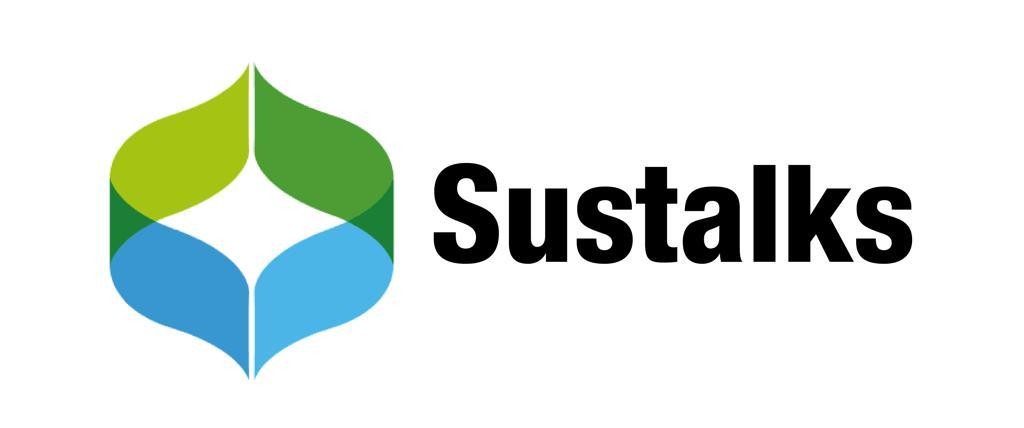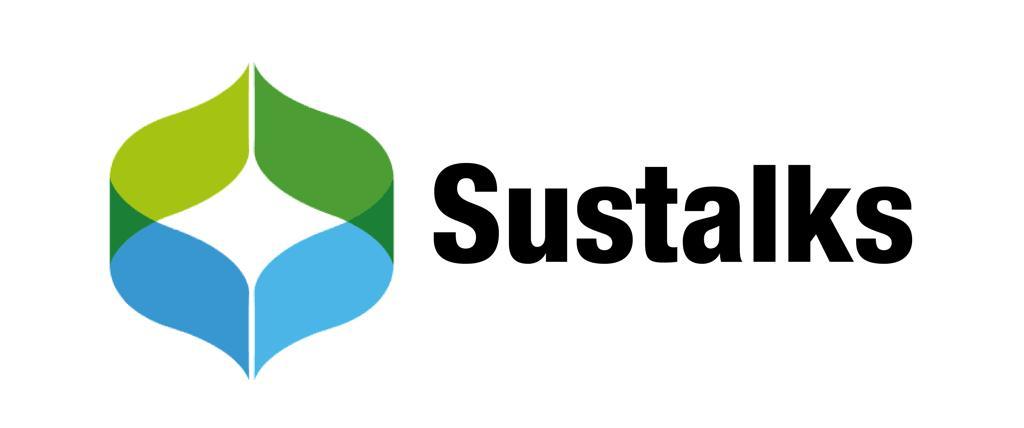The Europe dairy market, valued at USD 167.04 billion in 2023, is poised for steady growth, with expectations to reach USD 189.30 billion by 2032, growing at a CAGR of 1.4% during the forecast period of 2024-2032. Dairy products, a staple in the European diet, are deeply integrated into daily nutrition due to their health benefits and high demand. This growth is supported by a combination of factors, such as a growing population, increased awareness of health benefits, and ideal climatic conditions for dairy farming. The European dairy market also holds a significant global share, accounting for about 22% of worldwide milk production.
Health Benefits Driving Dairy Demand in Europe
Over the past decade, health concerns have become a major driver in the demand for dairy products across Europe. Dairy is rich in essential nutrients like calcium, protein, vitamins, and iodine, which are crucial for maintaining bone health, muscle development, and overall wellbeing. As consumers become increasingly health-conscious, the nutritional value of dairy products has made them a core component of a balanced diet. Moreover, advancements in dairy production and processing have ensured that dairy remains accessible, fresh, and versatile.
The growing awareness of functional foods that support gut health, immunity, and heart health has further boosted the demand for probiotic dairy products and dairy-based beverages, such as flavoured milk and yoghurt. The diversity of dairy offerings continues to expand, catering to various preferences and dietary needs across the region.
Dairy Market Segmentation in Europe
The dairy market in Europe is diverse, with numerous product categories that are popular among European consumers. These products are primarily derived from the milk of cows, goats, and other dairy animals, and include a wide array of forms ranging from fresh products to processed items. Dairy products in Europe are consumed in large quantities, and they come in different varieties, including fluid milk, butter, cheese, yoghurt, and ice cream.
Here’s a breakdown of the key dairy products produced and consumed in Europe:
1. Fluid/UHT/Flavoured Milk
- Fluid milk, including ultra-high temperature (UHT) treated and flavoured varieties, is among the most popular dairy products in Europe. The convenience and shelf stability of UHT milk have made it a preferred option, especially in countries where milk consumption is high.
2. Cream
- Cream is an essential ingredient in cooking, used in a variety of culinary applications from desserts to sauces. It is also available as whipped cream and double cream, each with its own specific uses.
3. Butter
- Butter remains a key dairy product in Europe, used for cooking, baking, and spreading. The European Union is a major producer and consumer of butter, with countries like France and Germany being leading consumers.
4. Anhydrous Milk Fat (AMF)
- Anhydrous Milk Fat is concentrated milk fat, used in various food products, including confectioneries and bakery goods. It has a high fat content and is prized for its long shelf life.
5. Skimmed Milk Powder
- Skimmed milk powder is produced by drying skimmed milk. It is widely used in various food applications such as soups, sauces, and as a base for infant formulas.
6. Whole Milk Powder
- Whole milk powder is another important product, especially in regions with limited fresh milk availability. It is often used in the production of dairy-based beverages, baby formulas, and desserts.
7. Whey Protein (Powder and Concentrate)
- Whey protein is a by-product of cheese making and has gained popularity as a protein supplement, especially among athletes and fitness enthusiasts.
8. Lactose
- Lactose, the sugar found in milk, is used in a variety of products, including infant food and pharmaceuticals.
9. Casein
- Casein is a protein derived from milk that is often used in cheese making and as a functional ingredient in various food products.
10. Cheese
- Cheese is one of the most iconic and diverse dairy products in Europe. With over 300 different types of cheese, European countries, particularly France, Italy, and the Netherlands, are renowned for their cheese production.
11. Yoghurt
- Yoghurt, including Greek yoghurt and probiotic varieties, is increasingly popular due to its health benefits, particularly for digestive health.
12. Ice Cream
- Ice cream is a beloved dairy product across Europe, with a wide range of flavours and innovative products that appeal to diverse consumer preferences.
13. Probiotic Dairy Products
- The demand for probiotic dairy products has surged due to growing interest in gut health. These products are rich in beneficial bacteria and are marketed for their digestive and immune-boosting benefits.
Key Markets in Europe: Regional Dynamics
The European dairy market is diverse in terms of both consumption and production, with varying trends across different regions.
Western Europe
- Western Europe is expected to witness healthy growth in the dairy market, driven by increasing GDP and improving living standards. Countries like Germany, France, and the Netherlands have well-established dairy industries, with Germany being the largest producer of milk in the region. Cheese production in the Netherlands, including Edam and Gouda, is renowned globally.
Southern Europe
- Southern European countries like Italy have a flourishing dairy market, supported by the Mediterranean climate which is ideal for dairy farming. Italy is famous for its variety of cheeses, such as Parmesan, Mozzarella, and Ricotta.
Eastern and South-Eastern Europe
- Dairy production in Eastern and South-Eastern Europe is primarily for local consumption, and many countries rely on imports for more specialised products such as lactose-free or organic dairy. The higher costs of niche products have made them less accessible to the broader population in these regions.
Key Drivers of Growth in the Europe Dairy Market
The European dairy market is driven by several key factors:
1. Health and Nutrition Awareness
- Increasing awareness of the health benefits of dairy is encouraging consumers to incorporate more dairy into their daily diets. Dairy’s role in bone health, muscle function, and overall nutrition is particularly significant for aging populations in many European countries.
2. Rising Disposable Incomes
- Rising disposable incomes across Europe, particularly in Western and Southern European nations, have contributed to the growth of premium dairy products, such as organic and lactose-free milk, which tend to command higher prices.
3. Product Innovation
- Manufacturers in the European dairy market are constantly innovating, introducing new products like plant-based dairy alternatives and functional dairy products. The introduction of fortified dairy products with added nutrients is also attracting health-conscious consumers.
4. Technological Advancements
- Technological advancements in dairy farming and processing have made dairy production more efficient and cost-effective. These advancements include better feed and breeding practices, as well as innovations in milk processing and packaging.
Challenges Facing the Europe Dairy Market
Despite its positive growth outlook, the European dairy market faces several challenges:
1. Milk Price Volatility
- One of the key challenges for dairy farmers in Europe is the volatility of milk prices. Price fluctuations can make it difficult for dairy farmers to maintain stable incomes, and declining milk prices in recent years have contributed to a reduction in milk production in certain countries.
2. EU Milk Quota System
- The European Union's milk quota system, which limits the amount of milk produced by farmers, has also acted as a restraint on growth. The system aims to manage supply and prevent overproduction, but it can restrict the expansion of the dairy industry.
3. Environmental Concerns
- Growing concerns about the environmental impact of dairy farming, particularly regarding greenhouse gas emissions, water usage, and land management, are leading to calls for more sustainable practices in the industry.
Key Players in the European Dairy Market
The European dairy market is highly competitive, with several major players holding significant market shares. Some of the key players in the market include:
- Nestlé S.A.
- Danone S.A.
- Groupe Lactalis
- Royal FrieslandCampina N.V.
- Arla Foods amba
- Unilever
- DMK Deutsches Milchkontor GmbH
- Sodiaal International SA
- Savencia S.A.
- Müller Group
These companies continue to lead the market in terms of production capacity, market share, and innovation. They are also investing in expanding their presence in emerging markets and developing new dairy-based products.
The Europe dairy market is poised for steady growth, driven by factors such as health awareness, technological advancements, and increased disposable incomes. While challenges like price volatility and environmental concerns exist, the diverse and innovative nature of the market ensures that it will continue to thrive. The increasing demand for probiotic, organic, and functional dairy products, combined with the strong presence of key industry players, indicates a promising future for the European dairy industry.
Read More Reports:
Australia Automotive Financing Market



